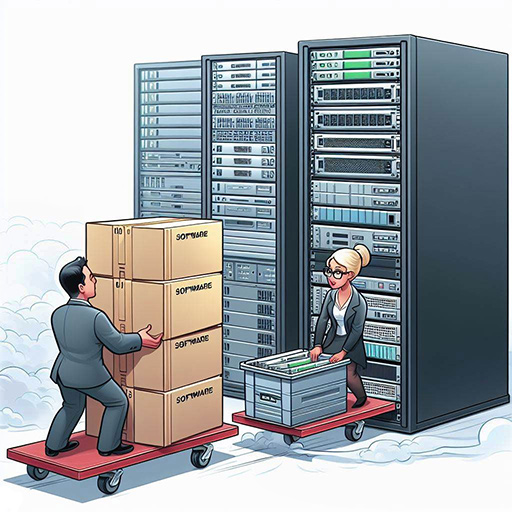
Keeping up with traffic and technology…
Have you outgrown your current server? Are you finding it’s no longer fast enough or you’re running out of space? Or are you running an obsolete version of Linux system software that is no longer supported and increasingly vulnerable to attack?
It is notoriously problematic and therefore not recommended to try and upgrade Linux versions in situ, so this is often a good opportunity to reassess your needs and migrate to a more modern, faster server with more storage.
Cloud-based Servers
More and more internet services and websites are moving to cloud-based computing platforms like Amazon Web Services and Google Compute Engine. They have traditionally been more expensive than Standalone Servers (and even more so than the cheaper Virtual Machines) but are rapidly becoming more affordable and offer a more flexible and dynamic option than these more traditional solutions.
The promise is that resources (and costs) can expand (or contract) to fit the demand placed on them, without running into the physical limitations of a server and therefore another complex and costly migration.
Seamless server migration is a complex process, especially if you are running custom software that needs careful porting. The best outcome with zero downtime can be achieved with a careful, methodical approach of systematic transfer and testing to ensure that all necessary components and software libraries are installed and compatible and that all functions are running smoothly before the final switch-over.
InterXmedia have over 20 years experience of migrating Linux systems of all flavours (both Red Hat and Debian derivatives) and Server Management systems including WHM/CPanel and Plesk. We can also help with server requirement specification and migration to the cloud and subsequent server and domain management.